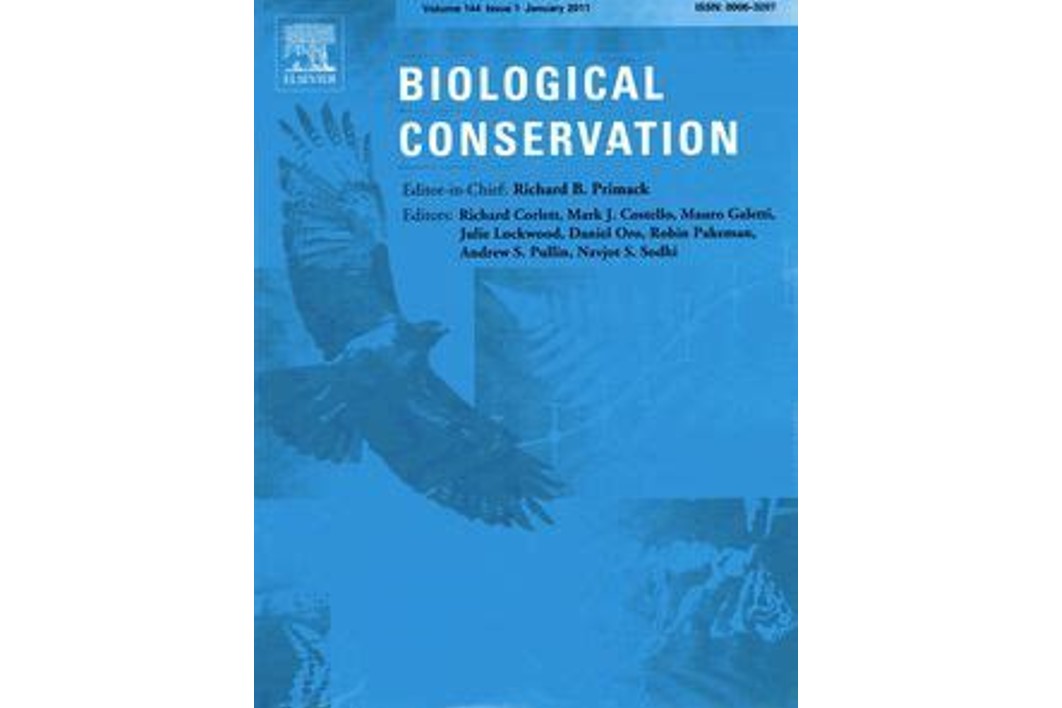Published in: Biological Conservation
Date published: September 2015
Authors: David L.P. Correia1,2, Aliénor L. M. Chauvenet1, J. Marcus Rowcliffe1, and John G. Ewen1
- Institute of Zoology, Zoological Society of London, Regent’s Park, London NW1 4RY, UK
- Division of Biology, Imperial College London, Silwood Park Campus, Ascot, Berkshire SL5 7PY, UK
Â
Abstract
In order to buffer the risks climate change poses to biodiversity, managers need to develop new strategies to cope with an increasingly dynamic environment. Supplementary feeding (SF) is a commonly-used form of conservation management that may help buffer the impacts of climate change. However, the role of SF as an adaptation tool is yet to be fully understood. Here we used the programme MARK to quantify the relationship between weather (average temperature and total precipitation) and vital rates (survival and recruitment) of an island bird population, the hihi, Notiomystis cincta, for which long term demographic data are available under periods of little and ad libitum SF. We then used predictive population modelling to project this population’s dynamics under each management strategy and several climate change scenarios in accordance with the Intergovernmental Panel on Climate Change predictions. Our stochastic population projections revealed that ad libitum SF likely buffers the population against heavier rainfall and more stochastic precipitation patterns; no buffering effect on temperature was detected. While the current SF approach is unlikely to prevent local extinction of the population under increasing temperatures, SF still presents itself as a valuable climate change adaptation tool by delaying extinction. To the best of our knowledge, this is the first study to quantify the interaction between climate and SF intensity of a threatened population. We call for on-going critical evaluation of management measures, and suggest that novel adaptation solutions that combine current approaches are required for conserving species with limited opportunity for dispersal.
Paper details available here:
http://www.sciencedirect.com/science/article/pii/S0006320715301014
